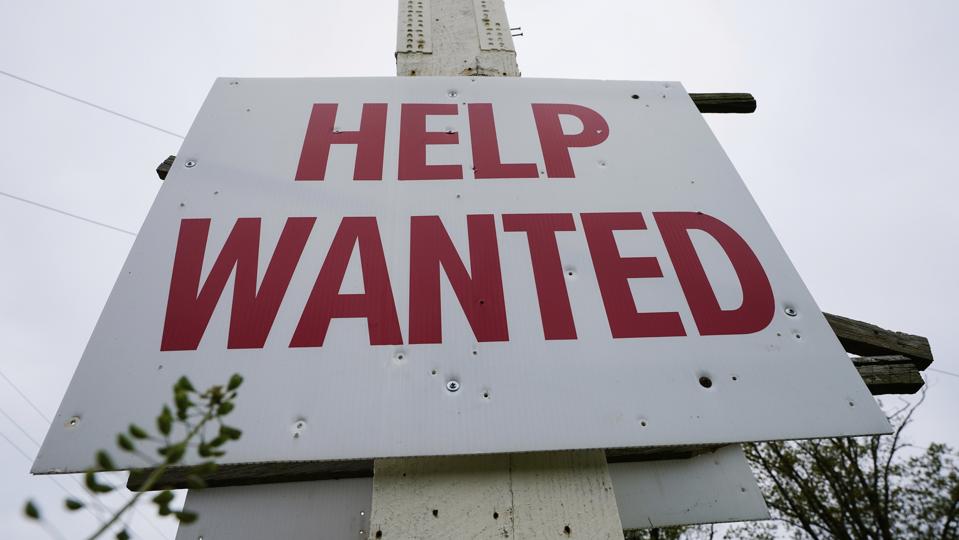


Topline
Employment in the U.S. private sector declined at a faster rate than expected in August, according to a report released Wednesday by the private payroll processing firm ADP, signaling further cooling of the job market.
Private-sector payrolls decreased by 32,000 in September, ADP reported, well below a Dow Jones consensus for an added 45,000 jobs and below August’s revised total, which dropped from an increase of 54,000 jobs to a loss of 3,000.
A loss of 32,000 private sector jobs is the largest decline since March 2023.
Job losses were widespread across industries, despite an added 33,000 jobs for education and health services: Leisure and hospitality dropped 19,000 jobs, professional and business services shed 13,000, transportation and utilities shed 7,000 and construction lost 5,000.
ADP noted the data set it received from the Bureau of Labor Statistics to complete its report, the “Quarterly Census of Employment and Wages,” contained a “higher-than-normal number of missing or redacted values” for some industry groups. This required ADP’s benchmark to be “calculated at a coarser granularity than in previous years,” the company said, though it’s not immediately clear what values were redacted. The QCEW data is also used to calculate the BLS’ annual tally for total payrolls, and a preliminary estimate released last month suggested payrolls declined in the 12 months ending in March by a record 911,000 jobs.
ADP’s report might be the last jobs data seen by the Federal Reserve before its next policymaking meeting on Oct. 28. Should a government shutdown continue through Friday, the Labor Department will not release its weekly jobless claims count on Thursday, and the BLS won’t put out its nonfarm payrolls report for September on Friday. If the shutdown is lifted, Wall Street anticipates the unemployment rate remaining at 4.3%, as the U.S. is expected to have added 50,000 nonfarm jobs, according to FactSet.
The Fed has signaled a weakening labor market in recent months, as unemployment continued to rise while inflation remained above the central bank’s 2% target. Fed Chair Jerome Powell said last month a cooled jobs market was the crux of the Fed’s decision to cut interest rates by a quarter-point to a range of 4% and 4.25%, noting the broader economic risks had shifted from rising inflation to unemployment. Fed Governor Michelle Bowman similarly noted she was “concerned” the labor market would enter a “precarious phase,” and that a “shock could tip it into a sudden and significant deterioration.” Americans have grown increasingly pessimistic about the U.S. economy since President Donald Trump imposed tariffs, according to data released by the Conference Board think tank and the University of Michigan. Survey data released Tuesday by the Conference Board indicated 26.9% of consumers found jobs to be “plentiful,” the lowest level since February 2021, while Americans’ views of their current financial situation declined in the largest monthly drop since the data was first collected in 2022.

